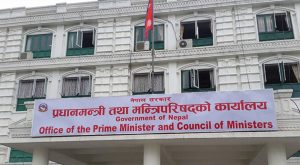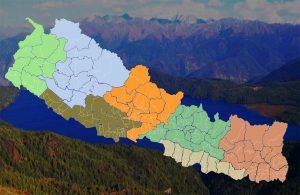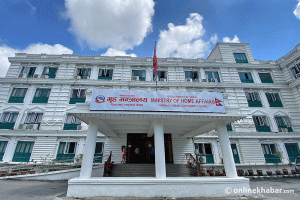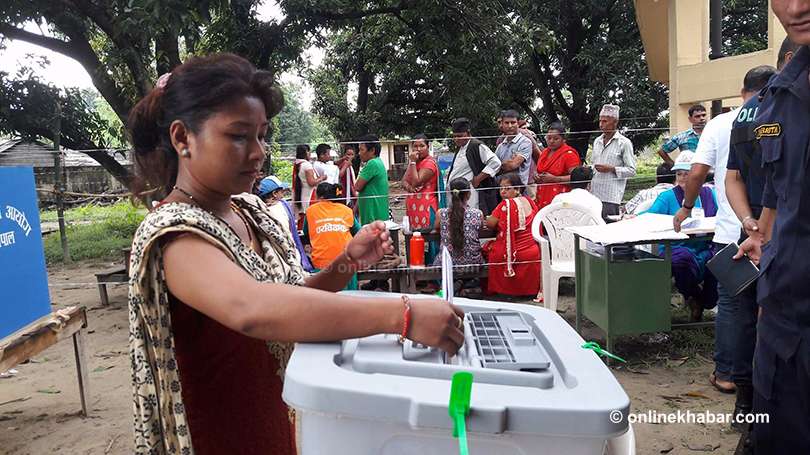
As always, politics has dominated opinion pages of Nepali and English newspapers published from Kathmandu on Tuesday as well. As elections are coming closer, analysts have discussed various dimensions of party politics including likely poll results and effects of polarisation among parties. Other social, cultural and economic issues have also received significant attention.
Elections and women’s participation

Ram Kumar Elan in his article for Rajdhani has expressed concerns over low participation of women in upcoming elections as major political parties are likely to field very few women in first-past-the-post elections. Elan begins his article by discussing role of women in the life of top leaders of major parties to raise the point that women should be given not only 33 per cent for 50 per cent share in all dimensions of political life as they compose the half of population in overall. He argues that women should not be considered as a category of proportional representation system like Dalits and Janajatis as they overlap all categories.
“Given the faces parties have fielded for the November 26 first-past-the-post polls, it seems leaders of big parties do not like the message given by the President, the Speaker and the President of Federation of Nepalese Chambers of Commerce and Industries that women are capable of leading this country,” he says, “This has hurt the sentiments of women who have been active in politics for over two decades.”
Citing that Nepali Congress leader Mahalaxmi Dina Upadhyaya is being denied the FPTP ticket, Elan says such situations make members of the new generation who are aspiring to join politics hopeless.
Blurred differences between left and right
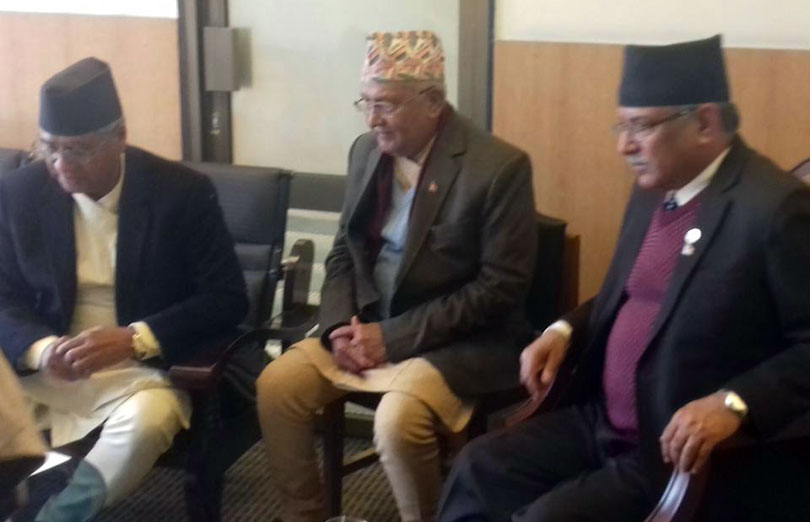
After the announcement of leftist alliance between CPN-UML and CPN-Maoist Centre around a month ago, the debate about polarisation among parties has been revived in Nepali politics. In this context, Puranjan Acharya in Nagarik writes that Nepali parties do not have much significant differences between them though they want to be called either communists or democrats.
According to Acharya, the Nepali Congress had also a leftist alignment as it had socialism as its guiding principle. Likewise, the communists were at extreme left from the centre in the past. “But today, socialism is present in neither the party nor its cadres,” Acharya satirises, adding, “It is a matter of study and research why Nepali communists still hold the communist tag.”
His argument is that there is not any substantial difference between leftist and democratic alliances as all parties are together regarding personal freedom, democratic process of state formation and its principles.
“No party has a clear image in Nepal in terms of leftist and democratic values. It is not only the case of Nepal but there values overlap in the world today, making it difficult to recognise parties.”
Challenges in management of provincial structures
Nabin Khanal in Gorkhapatra has analyses challenges of creating political and administrative structures at provincial level in order to implement the constitution. As the country is heading towards elections to provincial assembly in all provinces, no preparation has been made to manage space for assembly meetings and other resources, Khanal writes.
He informs that managing new structures at the central level will be easy as all structures including Parliament were in practice here. Likewise, managing the local bodies also saw fewer problems as we had local bodies like village development committees and municipalities earlier too. But, the provincial legislative and executive are being formed for the first time in the country.
He has pointed our four major aspects of preparations for management of provincial structures. They are: selection of provincial capitals, management of physical infrastructures, human resource management, and financial management.
Politics of public holidays
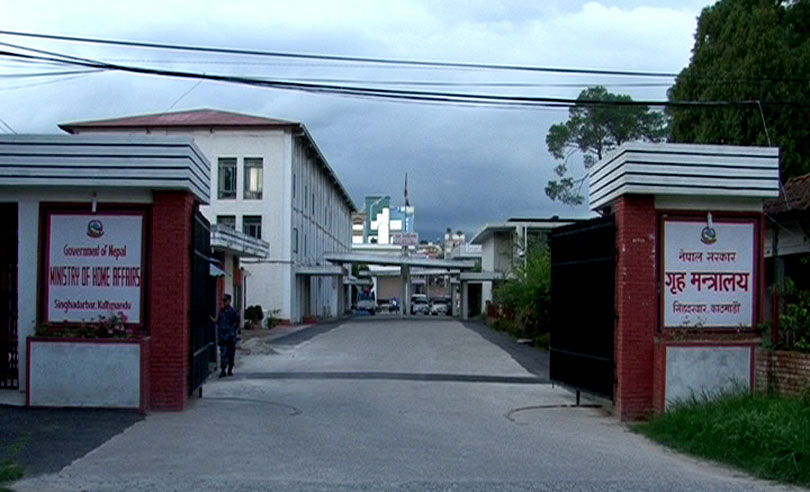
Gajendra Budhathoki in his column for Karobar discusses impacts of public holidays in economic life of the country. He begins the article by stating that as of today, till the seventh month of the year, the government has already given five more public holidays than scheduled in the beginning of the year; and we will have more public holidays as two key elections are approaching closer.
He argues that announcing public holidays in every festival in the name of promoting inclusiveness is wrong as it has negative impacts on overall productivity of the country. He also denounces proposals that there should be two public holidays every week.





